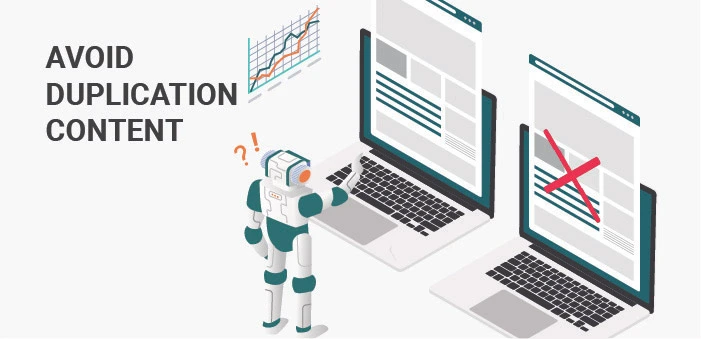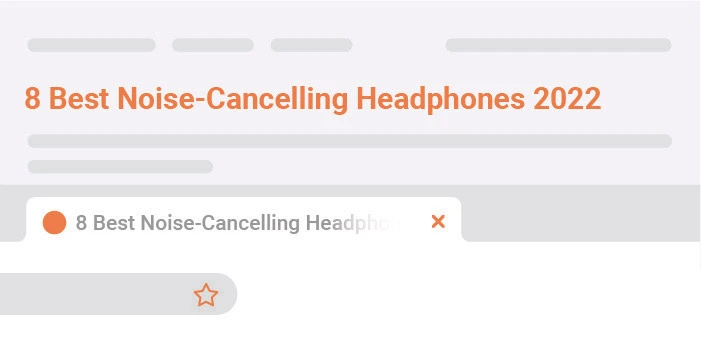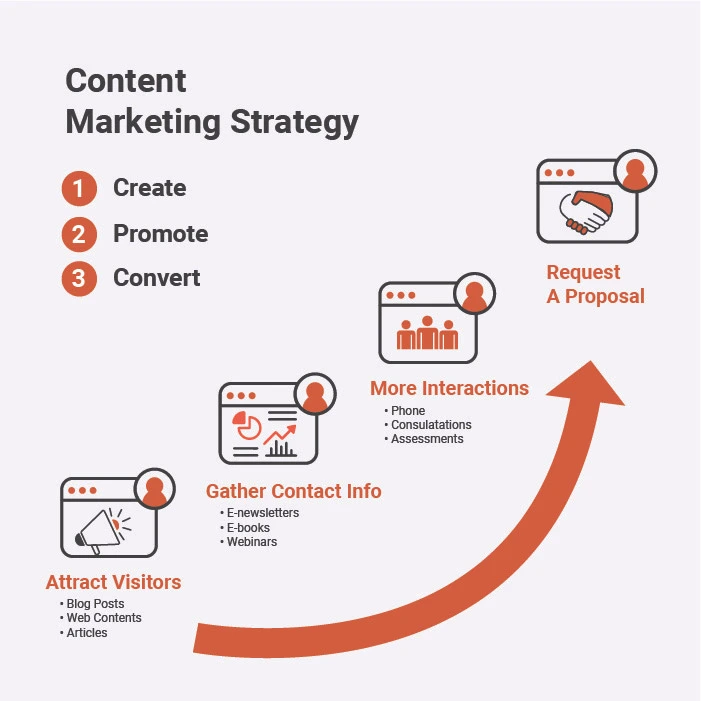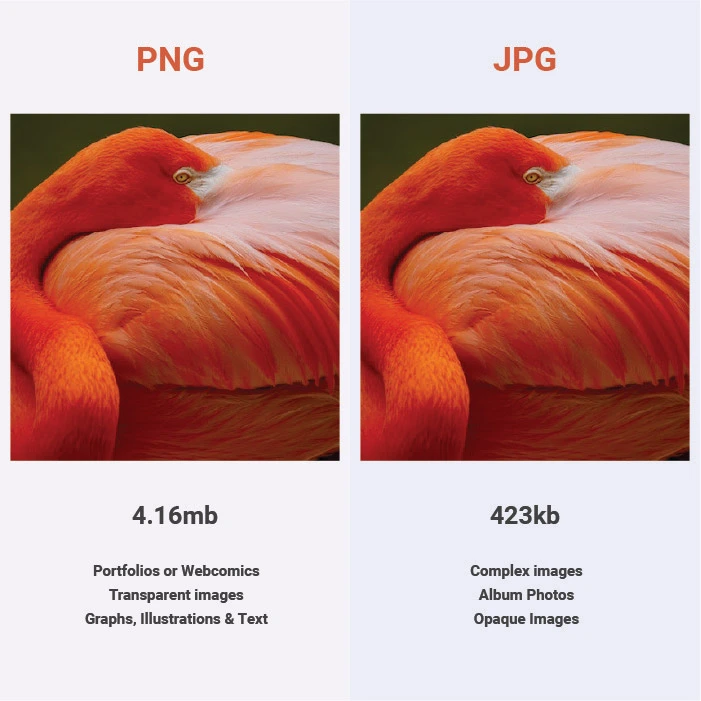Let’s cut to the chase. You’re probably here because you want your web pages to appear higher in Google search, but you don’t know where to start.
Or you’ve tried learning about search engine optimization and it was mind-numbingly complex to understand. Chances are, you were looking at SEO tips that were either outdated or weren’t geared towards you.
Let’s turn that around.
SEO best practices 2022 should be at the top of your to-do list, whether you’re running an eCommerce store or a blog.
According to Google, following search engine optimization best practices will “hopefully make it easier for search engines to crawl, index, and understand your content.”
There are about a thousand strategies you can follow that can boost your site’s ranking on Google’s search results pages. But, it’s important to focus on the basics first to lay a strong foundation.
In this article, we’ll cover ten of the most essential SEO best practices of 2022 to follow for every webpage on your site.
Create Content That Satisfies Search Intent
Search intent, also known as user intent, is the purpose behind every user’s search query.
There are four common types of search intent including informational, commercial, navigational, and transactional.
Is the user browsing for information? Do they want to go on a specific website or app? Are they looking for a specific product? Do they want to make a purchase?

Users search for keywords that reveal intent. And understanding why someone is searching for something will help you develop an effective content strategy based on keywords that will bring high-quality traffic to your site. High-quality web traffic can only mean one thing: higher conversion rates.
So why is search intent so important? Ultimately, understanding and satisfying search intent is Google’s number one priority.
That’s why if you want to succeed with search engine optimization, understanding search intent needs to be a significant part of your content strategy.
Let’s say you want to rank for the keywords “best noise-cancelling headphones”. The search intent, in this case, is commercial. The user is looking for a specific product but is still undecided on which brand of headphones to choose.
With this in mind, there is no point in optimizing your landing page with the keywords “best noise-cancelling headphones”. This is because Google understands that users aren’t ready to buy yet. Users are looking for a blog post or a video that lists the best noise-cancelling headphones, not product pages.
Keep Your Content Fresh
Avoiding duplicate content is one of the most essential SEO best practices of 2022 to keep in mind.
Google states in their SEO Starter Guide that you should avoid “having duplicate or near-duplicate versions of your content across your site.”

This applies to title tags, meta description tags, landing pages, product pages, image alt text… you get it. Every content that you publish on your website needs to be unique.
Write Compelling Title Tags
Title tags are the clickable headlines that you see in search results. They are your first shot at grabbing a user’s attention.
Your page title tells both users and search engines what the topic of a particular webpage is.

Google search also pays very close attention to the terms that you include in your title tag. That’s why it’s important to:
- Include your target keywords
- Write a title that effectively communicates the topic of the page’s content
- Write a title that aligns with your target audience’s search intent
- Avoid using default or vague titles
- Create unique titles for each page
- Keep your page title short and informative
- Avoid keyword stuffing
Publish High-Quality, Useful Content
Tried to learn search engine optimization before? Then you’ve probably heard time and time again about the importance of high-quality content to SEO. So we won’t bore you too much with unnecessary details. Instead, here are some content-specific best practices for 2022 to follow:
- Identify search intent
- Find the right keywords to target
- Use the right visuals
- Invest in content marketing
Notice that there’s no mention of content length. Back in the day, long-form content would get more attention and more clicks. But today, that’s not always the case.
Content should ultimately satisfy a user’s search query. Sometimes, this may require a 1,000-word blog post. And sometimes, a short infographic would do the job.
If you want your web content to stand out and help your web pages rank higher in search, you need to invest in content marketing.

If you want to learn more about content marketing or need additional expert SEO services, check out our service page: Content Marketing. Our team is equipped with the right tools and the know-how to help you build an effective content strategy and create high-quality content for your website.
Optimize Your Images
We’re highly visual creatures. That’s why images play such an important role in enhancing the user experience of your website.
We know it’s important to choose relevant, high-quality images. But it’s just as important to optimize them.
Images that are properly optimized can contribute to your overall SEO and help your web pages rank higher in search results pages. Google said so themselves.
So if you use images on your page, you need to make sure to follow these three SEO best practices of 2022:
Use Standard Image Formats (and Pick the Best One)
You can’t go wrong with using JPEG, PNG, GIF, BMP, or WebP as these image formats are supported by most web browsers.
However, you can’t just pick a file format for your website and call it a day.
Let’s take a closer look at JPEG vs. PNG, for example.

While JPEGs have smaller file sizes and may load faster than PNGs, that may not always be the best file format to use.
As illustrated above, JPEGs look great for more complex photographs. But for images that contain text or line drawings, for example, you’ll want to use PNG.
Use Descriptive Filenames
Don’t forget to name your images with brief but descriptive filenames. When possible, avoid using generic filenames like image001.png or photo.jpg.
This is important because your image’s filename helps Google understand the content in your image.
Use Image Alt Text
In addition to image filenames, Google relies on alt text to understand images. It’s an extra step well worth taking. Adding alt text to images helps search engines understand the images on your website better.
Just like with your filename, you want to write short but descriptive alt text. It may be tempting, but avoid stuffing alt attributes with your target keywords.
Optimize Your Page Speed
Don’t turn visitors away with a website that takes forever to load!
Make your web pages load as quickly as possible to keep visitors interested and improve your rankings. And the first step is to benchmark your site’s current loading speed. This will give you a better idea of what improvements you need to make before you start implementing changes.
There are a handful of free tools online that you can use to check your site speed. We recommend checking out Google’s PageSpeed Insights and Mobile-Friendly Test. These tools give you a comprehensive report that includes ways you can improve site speed.
Once you find out what your site’s loading speed is, you can then follow these best practices to help your web pages load faster:
Compress Images
It’s a crucial step to compress your images before uploading them to your website. Why does this matter? The larger your image file size, the longer it’ll take for your web page to load. Nobody wants that.
There is an array of free tools online that you can use to shrink your image file sizes without compromising their appearance. We recommend checking out TinyJPG and Caesium Image Compressor.
Lazy-Load Images
Also referred to as on-demand loading, lazy loading is an optimization technique where only the required section of a webpage is loaded and delays the remaining until it is needed by the user.

Improve Your Site’s User Experience
Here’s a secret: Google pays attention to how users engage with your website.
Improving your site’s user experience can ultimately help boost your rankings. In addition to optimising page speed, there are a few other SEO best practices of 2022 you can follow to give users an excellent experience on your site:
- Use proper subheadings to make your content more accessible to readers
- Create relevant, visually-appealing content to help better illustrate your message to your visitors
- Use whitespace or negative space to improve legibility, brand, and focus
- Make sure your site is mobile-responsive (to learn more, check out our blog article: 3 Ways to Create Mobile-Responsive Content)
Use Internal Linking
Don’t overlook internal linking – seriously, it’s one of the easiest SEO best practices for 2022 out there!
When done right, using internal links can improve your site’s rankings. It’s as easy as adding a link from one page on your site to another page. However, avoid adding a bunch of random internal links that are irrelevant or unnecessary.

Instead, internally link to pages that don’t have much link authority or that need a boost. When you do this, you’ll increase authority to that low-ranking page, which can help skyrocket its Google rankings.
Another best practice is to link old pages to new pages. Similar to the point above, old pages tend to have more authority than new pages. So internal linking can give your fresh pages a much-needed boost.
Build Authoritative Backlinks
According to a study conducted by SEMrush, backlinks are strongly correlated with higher Google rankings.
If your web pages have many high-quality backlinks, they are more likely to rank higher on search pages.
This goes without saying: avoid buying backlinks or getting backlinks from poor-quality websites. This will only hurt your SEO and you’ll likely get penalised by Google.
Instead, invest time and energy in building high-quality, authoritative backlinks. This will increase your chances of ranking higher on the SERPs for your target keywords.
A best practice to follow is to focus on content formats that tend to do best in terms of backlinks like “what” and “why” content that incorporate infographics. Another is to create useful content like eBooks and guides with a hook or a data point that will encourage other websites to link to you.
Track Your Results
We recommend setting up Google Search Console to track your search engine optimization efforts.
The Google Search Console is essentially a live dashboard that lets you monitor and maintain how your site is doing in the SERPs. It has tools and reports to help you measure your site’s traffic and performance, and troubleshoot any issues to keep your site’s presence in top form in Google searches. Best part? It’s completely free.
If you’ve never used Search Console before, here are three reports you can start monitoring first on a regular basis:
- Performance – Check this data on a regular basis to determine how many people see and click on your web pages in Google search. You can also check the exact keywords people use to find your content and where you rank.
- Coverage – This data lets you know which of your pages Google has indexed. It will also let you know if Google is having issues fully crawling any of your pages. And if you do see errors and warnings, Google will give you recommendations on how to fix them.
- Enhancements – In this report, it’s important to keep a close eye on “Mobile Usability”. If you haven’t heard, Google’s index is now mobile-first. This means that you need to make sure that your website is easy to use on mobile devices.
Stay Ahead of the Games
When it comes to search engine optimization, there are about a million things to cover. But the ten SEO best practices of 2022 outlined above will help you set a strong foundation for your website.
Competition is fierce on Google search pages. So you need to build a strong SEO strategy with best practices to size up competition and achieve higher rankings. Looking for expert SEO services and or an SEO agency in Sydney? We’re here to help! Our team will work closely with you to develop a custom SEO strategy, conduct extensive keyword research, optimize content, and more. Our goal is to help you reach the top of the search pages. To learn more, visit our service page: Search Engine Optimisation (SEO). Or reach out to us today and let’s chat about your business needs.
a strategy that will fuel your digital growth.






